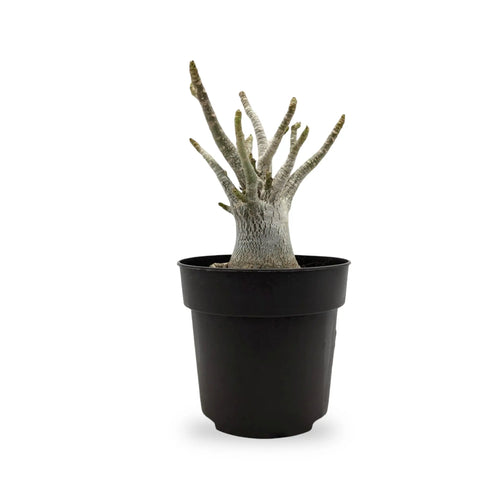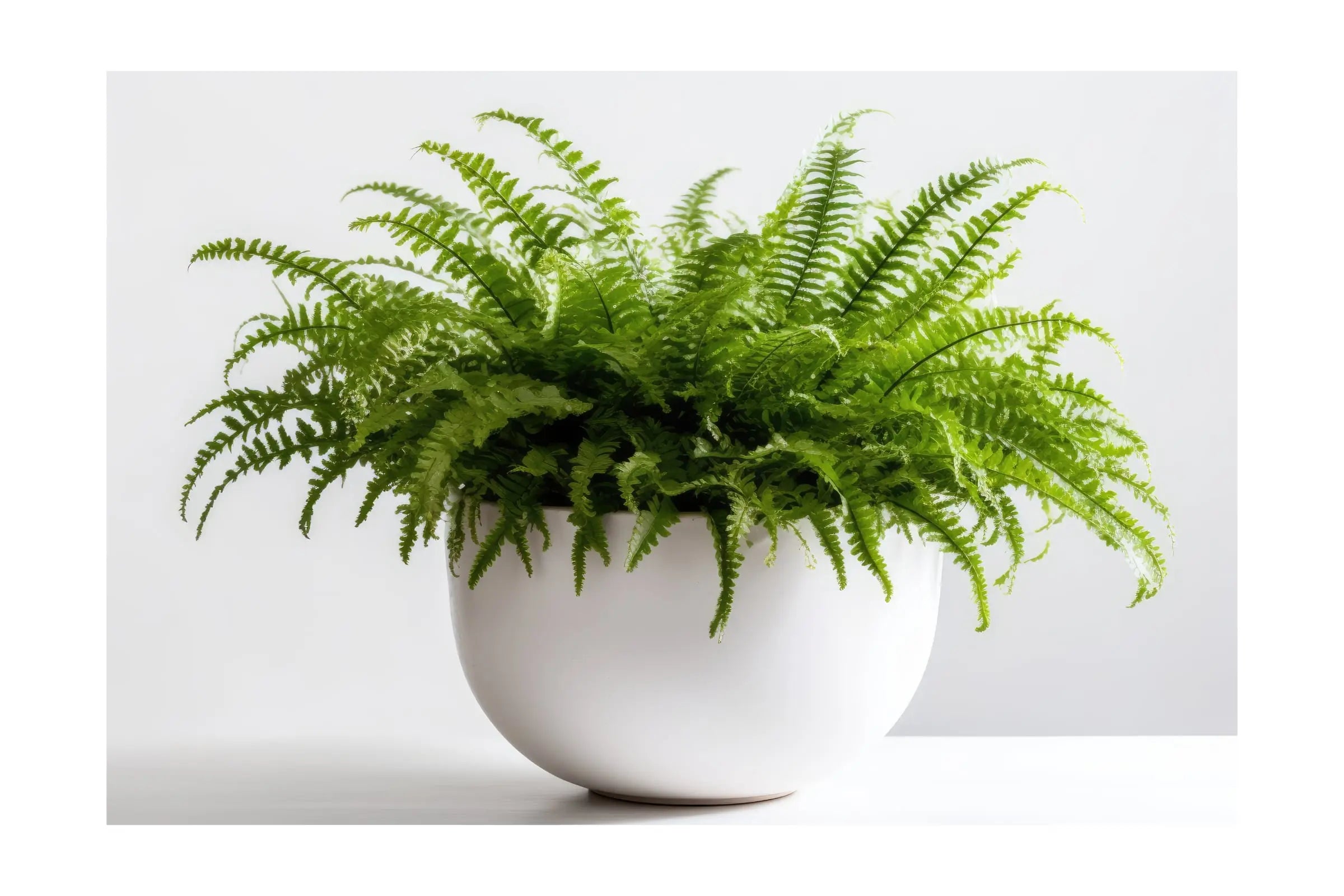The graceful, delicate form of ferns brings wonderful texture and versatility to indoor plant displays. Here is an overview of incorporating these fantastic fronds in your home.
Types of Ferns Well-Suited for Homes
Many fern varieties thrive as houseplants, including:
Boston ferns - Evergreen classic with long, arching fronds
Kimberly Queen - Trendy variety with ruffled leaves
Asparagus ferns - Feathery foliage on trailing stems
Bird's nest ferns - Tight rosettes of leaves on woody trunks
Maidenhair ferns - Fan-shaped leaflets on thin black stems
Rabbit's foot fern - Fuzzy, foot-like appearance from young leaves
Staghorn ferns - Unique antler-shaped leaves attached to base
Ideal Conditions for Healthy Ferns
Although adaptable, ferns flourish given:
Indirect or filtered sunlight to avoid scorching
Consistently moist soil and high humidity
Good drainage and air circulation
Warm temperatures between 65-75°F
Space for fronds to unfurl as plants mature
Recreate their native tropical understory homes for happy ferns.
Where to Position Ferns at Home
Ferns shine in hanging baskets, wall-mounted planters, on shelving and side tables, clustered on floor stands, or elevated on plant pedestals. Place them in bright bathrooms, atriums, enclosed porches and shady transitional spaces. Their cascading shapes contrast wonderfully with hardscape lines.
Keeping Ferns Well-Watered
Ferns perform best when soil is kept evenly moist. Water thoroughly until it drains from the container. Misting often adds needed humidity. Add pebbles below planters to keep roots away from standing water. Drooping fronds indicate under-watering. Brown leaf tips signal overwatering.
Fertilising and Repotting Needs
Feed monthly in spring and summer with a balanced liquid fertilizer diluted to half-strength. Repot when roots fully fill containers, going just one inch larger. Handle rootballs gently when transplanting to avoid damage. Use orchid mix or regular potting soil with extra perlite for drainage.
Air Purifying Qualities
Beyond visual beauty, ferns naturally filter indoor air by removing toxins and pollutants. Their large fronds absorb and metabolize volatile organic compounds (VOCs) emitted from adhesives, furnishings and cleaning products. Ferns combat "sick building syndrome." Their peaceful presence literally cleans spaces.
Creatively Displaying Ferns
Get creative showcasing ferns beyond basic pots. Mount staghorn and rabbits foot ferns on driftwood or bark. Use hanging planters to suspend near windows. Let Boston ferns trail from wall shelves. Set bird's nest ferns atop pedestals like living sculptures. Contrast fronds with geometric cachepots or terrariums. Add grow lights to highlight textures.
Propagating New Ferns
Mature ferns produce spores on the undersides of fronds allowing propagation. The process involves: collecting spores onto paper, sprouting them in sterile soil, growing in high humidity, then slowly acclimating. Alternatively, plant offsets that grow at the base or trim frond tips to root in water. With patience, propagate endless new fronds.
There are so many possibilities to incorporate the otherworldly beauty of ferns into home and office spaces. Their graceful forms and natural air purification provide so much impact with simple care. Ferns invite tranquility and imagination. With graceful texture and refreshing woodland charm, there is always room for more ferns at home. Their magical, whimsical allure elevates any space.










